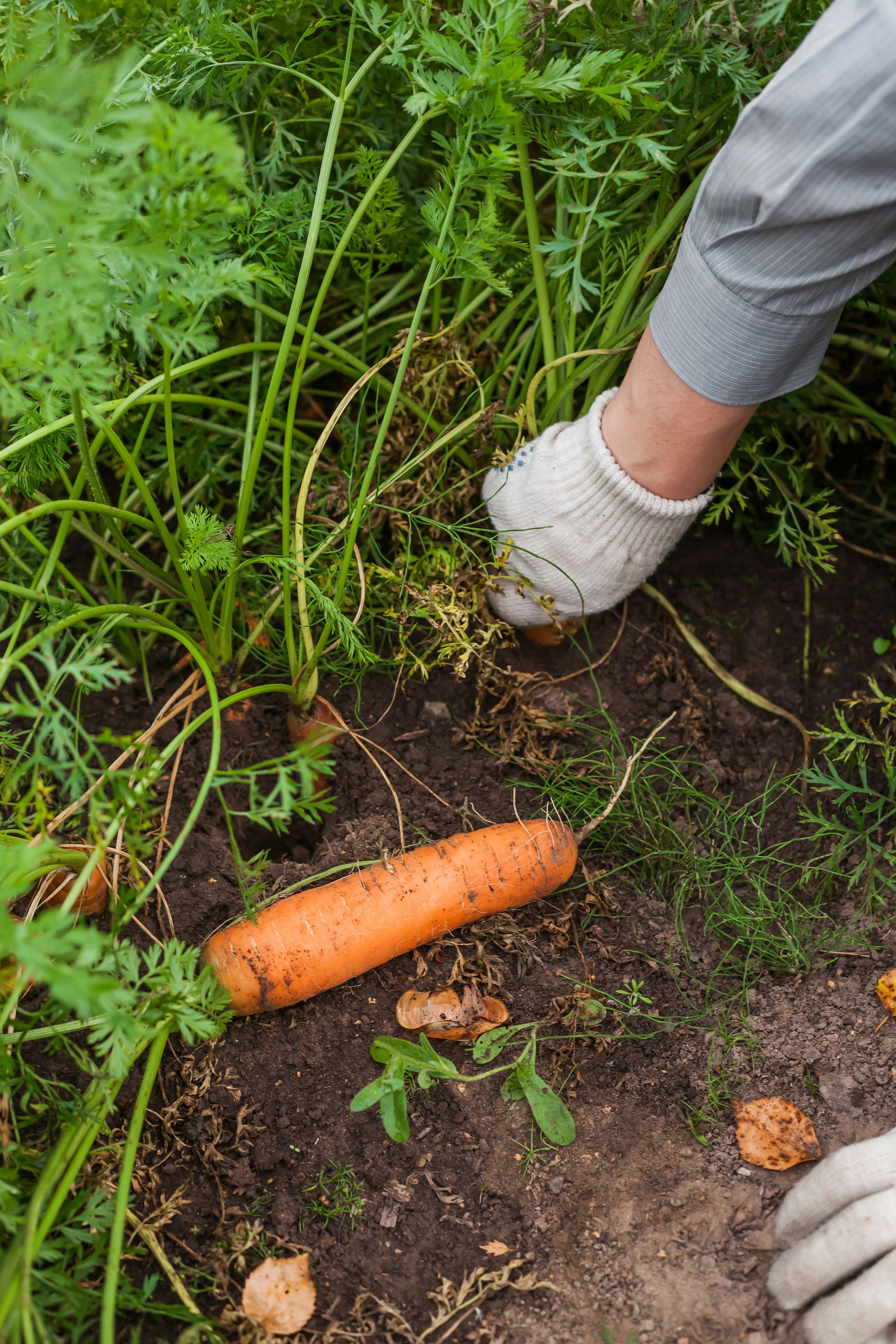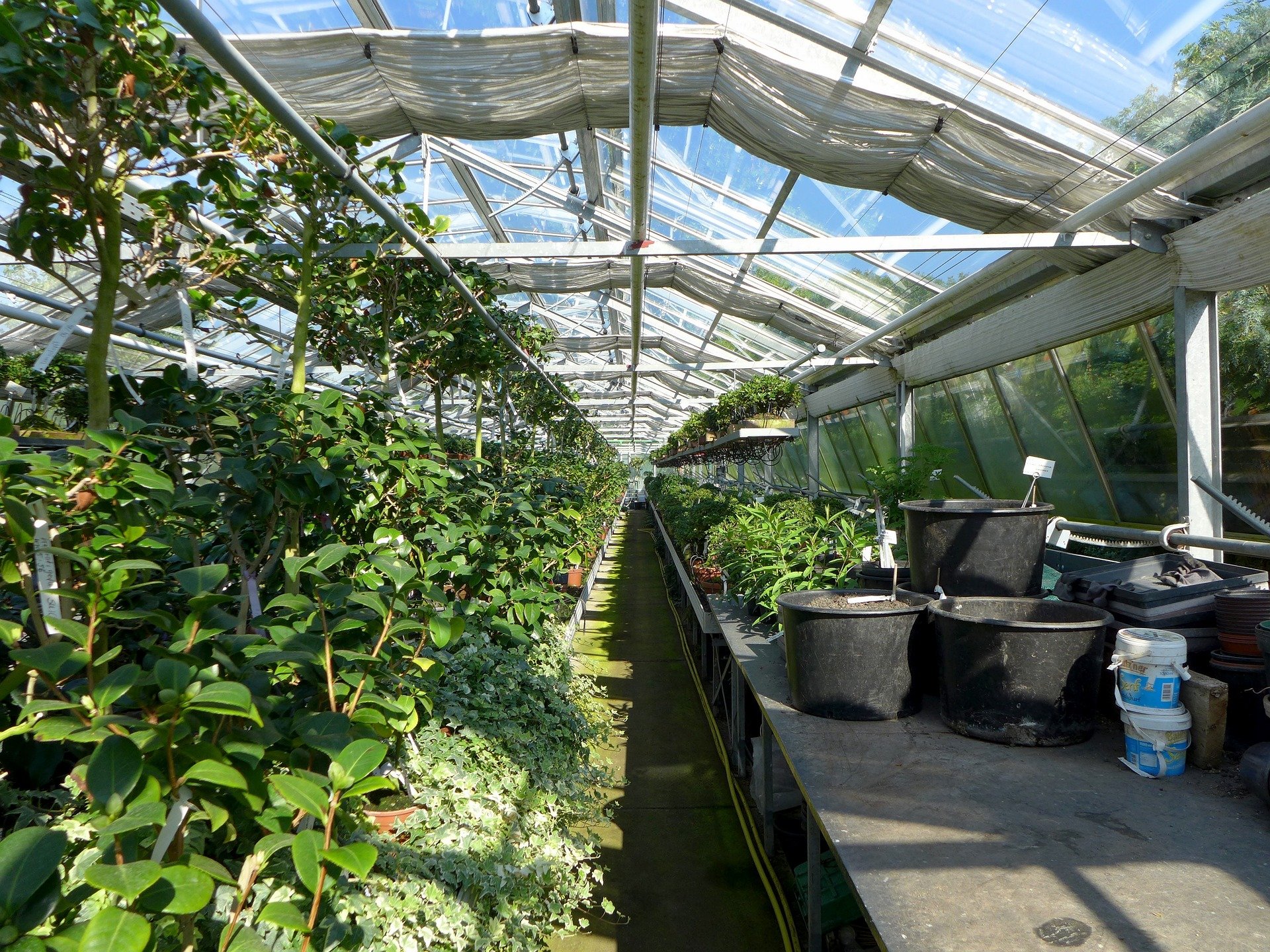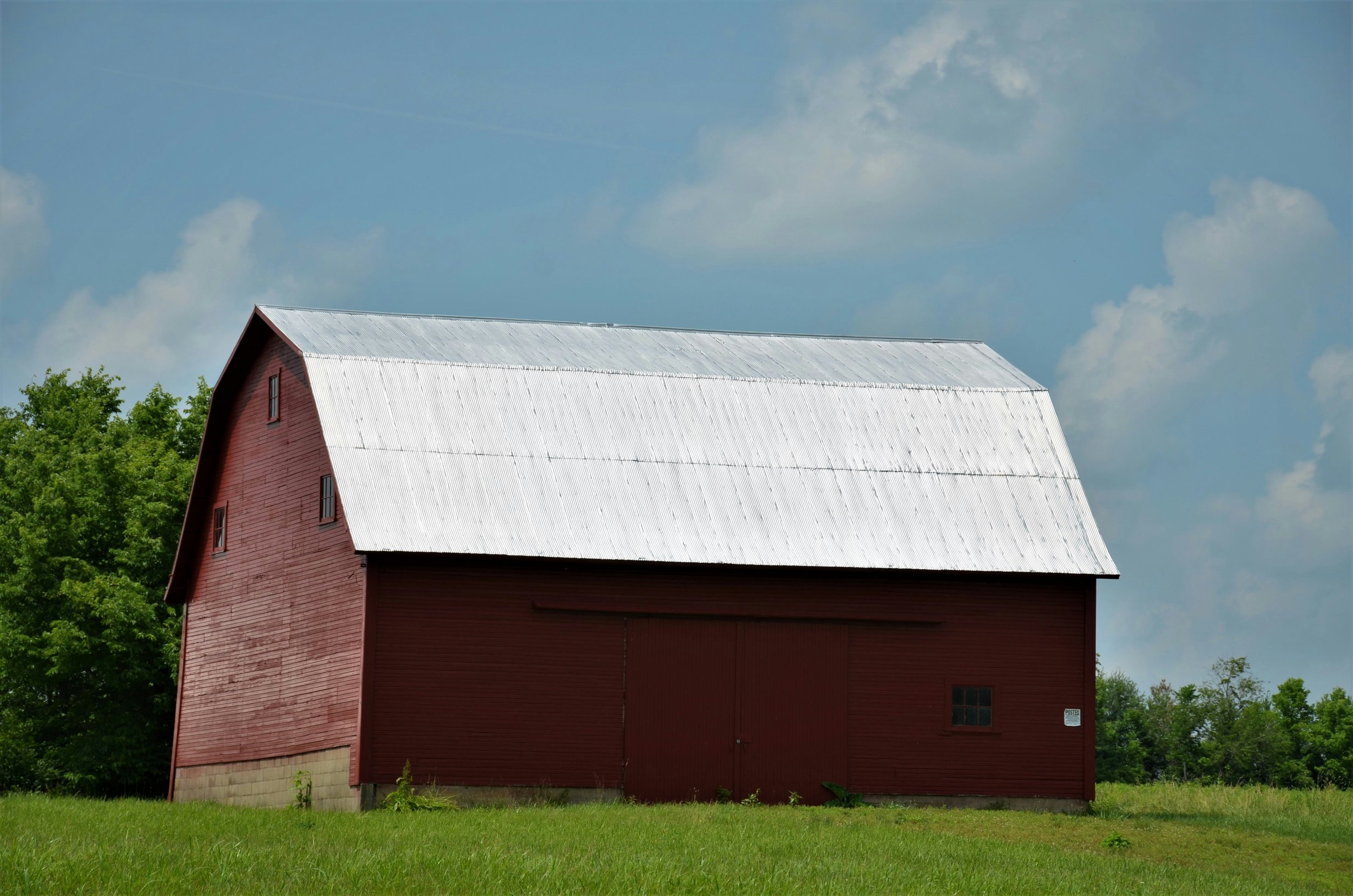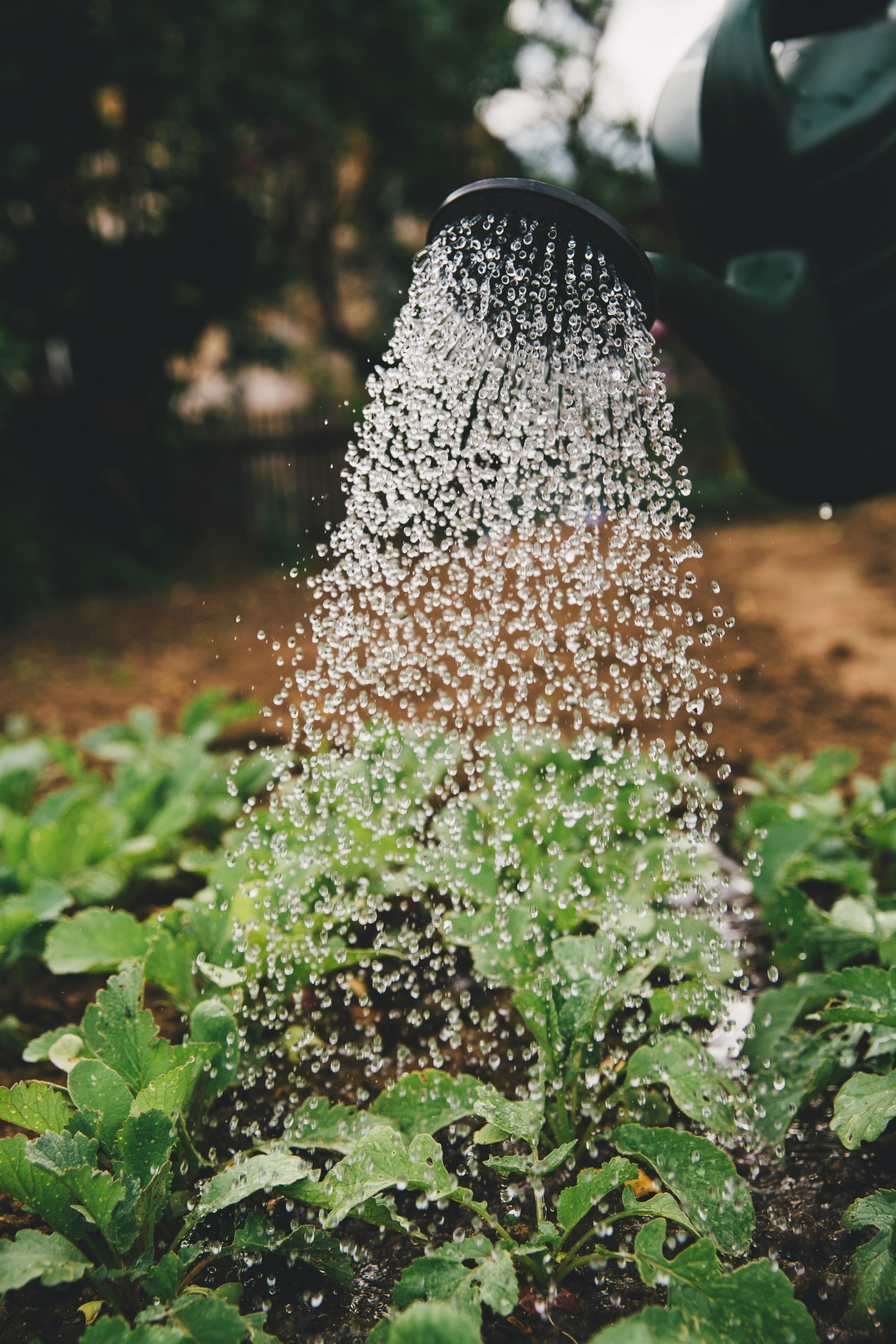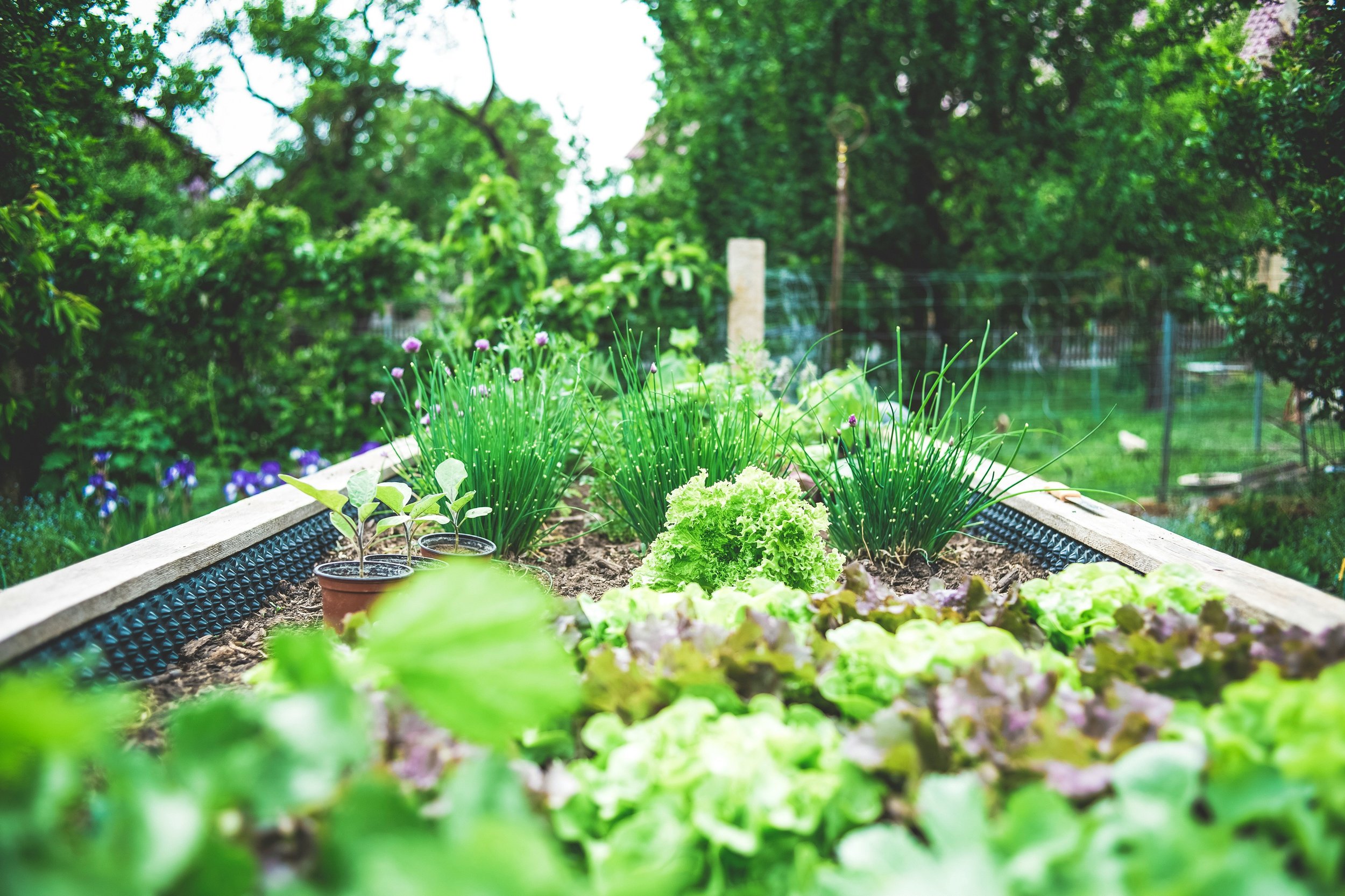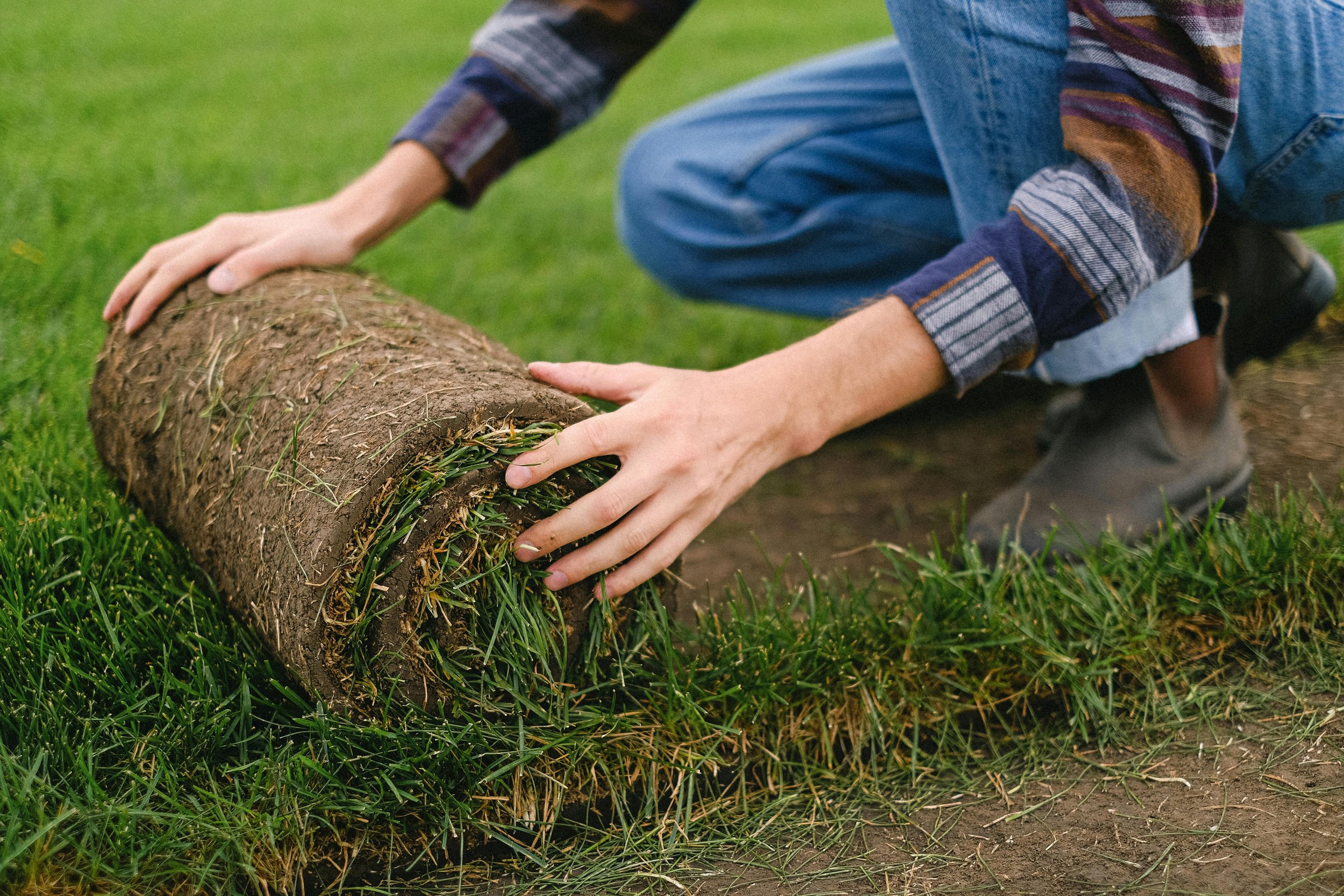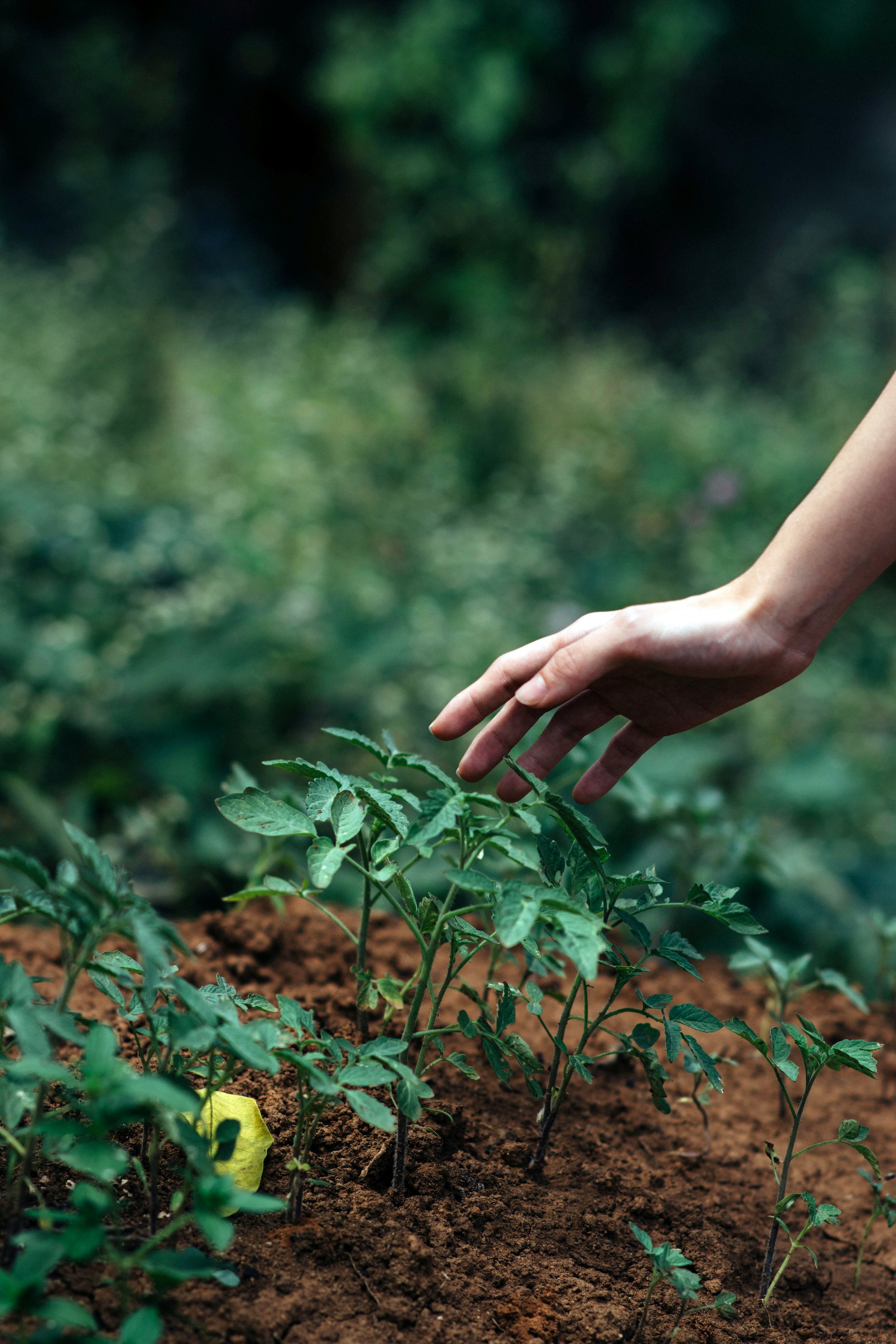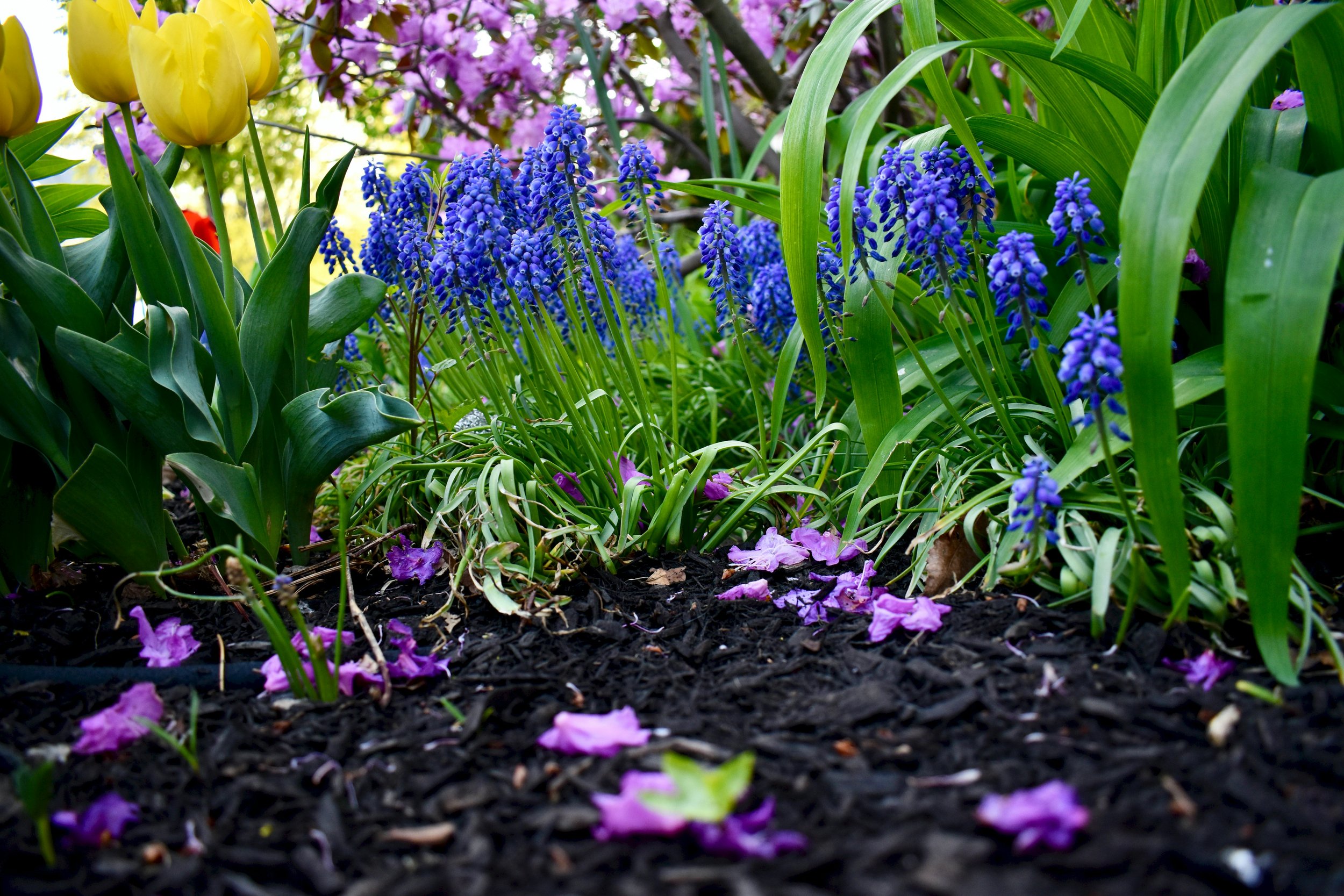Stop the Spread: A Guide to Common Tree Diseases and Their Control
Learn how to identify and control common tree diseases with our comprehensive guide, ensuring the health and longevity of your trees.
Tree health is paramount to sustaining vibrant ecosystems and aesthetically pleasing landscapes. Unfortunately, trees are often susceptible to various diseases, impacting their growth, health, and survival. Common tree diseases threaten individual trees and can spread rapidly, causing widespread damage. This article aims to educate readers on the identification and control of prevalent tree diseases and provide insights into managing tree health and removal. Preventive measures and effective strategies will be highlighted to help maintain tree health and longevity.
Understanding Tree Diseases
Tree diseases encompass illnesses caused by fungi, bacteria, and viruses. Recognizing these diseases' significance is essential for effective management. Common symptoms include discolored leaves, unusual growth patterns, wilting, and sores or burls.
Pathogens affecting trees can be categorized into three primary types:
Fungi: Responsible for numerous tree diseases, including root rots and cankers.
Bacteria: Often enter through wounds or natural openings, leading to infections like Fire Blight.
Viruses: Cause abnormal growth patterns and leaf discoloration.
Early detection and intervention are critical. Identifying symptoms early allows for appropriate measures to curb the spread and mitigate damage.
Common Fungal Diseases
Fungal diseases are frequently encountered in trees. Understanding their types and characteristics is essential for effective management.
Powdery Mildew: Characterized by a white or grey powdery coating on leaves, Powdery Mildew thrives in warm, dry environments. Early signs include white spots on the foliage, which can spread rapidly.
Anthracnose: Affects many tree species, causing dark, sunken lesions on leaves, stems, and fruit. This disease is particularly prevalent during moist, cool weather.
Dutch Elm Disease: A devastating disease affecting elm trees, caused by the fungus Ophiostoma. Symptoms include yellowing leaves, twig death, and wilting branches.
Fungal pathogens' lifecycle typically includes spores transmitted via wind, water, or infected tools. Effective fungicides and cultural control practices, such as removing diseased plant material and maintaining tree hygiene, play a vital role in managing fungal diseases.
Bacterial and Viral Infections
Bacterial and viral infections pose significant threats to tree health, often causing rapid decline if not managed promptly.
Bacterial Diseases: Fire Blight and Crown Gall are common bacterial infections. Fire Blight manifests as blackened, wilted branches and oozing cankers. Crown Gall results in rough, tumor-like growths at the tree's base.
Viral Diseases: Mosaic Virus is an example of a viral ailment, indicated by mottled foliage and a reduced growth rate. Viruses can be challenging to diagnose due to overlapping symptoms with other pathogens.
Identifying bacterial and viral infections involves observing symptoms and, in some cases, laboratory testing. Management practices include removing infected branches, sterilizing tools regularly, and applying bactericides or antiviral treatments when necessary.
Best Practices for Disease Prevention
Preventive measures are crucial in managing tree health and averting disease outbreaks. Proper care and maintenance significantly reduce the risk of disease.
Pruning Techniques: Pruning not only enhances tree structure but also improves air circulation and sunlight penetration, reducing fungal growth. Sterilizing pruning tools between cuts is vital to prevent pathogen spread.
Soil Health Management: Healthy soil fosters strong root systems. Avoid waterlogging and ensure adequate drainage. Regularly test soil and amend with organic matter when needed.
Appropriate Watering Practices: Overwatering or underwatering can stress trees, making them more susceptible to diseases. Watering should be deep and infrequent, tailored to the tree species and climate.
Tree Selection and Planting Location: Choose disease-resistant tree varieties and select planting sites that provide adequate space for root expansion and air circulation. Avoid planting trees too close together to minimize competition and disease transmission.
Biological Control Methods
Biological control involves using natural predators or beneficial organisms to combat tree diseases. This eco-friendly approach is gaining popularity due to its minimal environmental impact.
Beneficial Insects and Microorganisms: Insects like ladybirds and predatory beetles can control pests that harm trees. Mycorrhizal fungi enhance nutrient uptake and improve tree resilience.
Advantages and Challenges: Biological control offers sustainable disease management, reduces chemical reliance, and promotes biodiversity. However, it may require more time and knowledge to implement effectively.
Case studies showcasing successful biological control include the use of Trichoderma fungi to combat root rot and Bacillus thuringiensis bacteria to control caterpillar infestations. Success hinges on understanding the specific biological agents and their interaction with the local ecosystem.
Chemical Control Measures
Chemical treatments are often employed when other methods prove insufficient. It's essential to use these responsibly to avoid adverse effects on the environment and non-target organisms.
Chemical Treatments: Fungicides, bactericides, and antiviral agents can be effective against various tree diseases. Follow label instructions meticulously to ensure safe application.
Safety Precautions: Wear protective gear, avoid application during windy conditions, and keep chemicals away from water sources. Proper storage and disposal are crucial to prevent contamination.
Integrated Pest Management (IPM): IPM combines biological, cultural, physical, and chemical control methods to manage tree diseases in a holistic manner. This approach minimizes chemical usage and promotes sustainable practices.
For specific diseases, such as Dutch Elm Disease, targeted fungicides injected into the tree can halt progression, while crown sprays can prevent infections in susceptible species.
Managing Tree Health and Removal
Managing tree health is essential in preventing disease spread and ensuring safety. Trees severely affected by diseases or pests may pose risks to nearby healthy trees and properties. Criteria for tree removal include:
Structural Instability: Trees with extensive decay, root rot, or significant damage may require removal to prevent hazards.
Disease Management: Removing infected trees can contain disease spread, especially if pathogens are difficult to control or eradicate.
Safety Concerns: Trees that threaten structures, power lines, or pedestrian areas must be removed to prevent accidents.
Professional arborists assess tree health, determine if removal is necessary, and ensure safe removal practices. After removal, stump grinding or chemical treatments prevent regrowth and reduce pest habitat.
Conclusion
The importance of early detection and intervention in managing tree diseases cannot be overstated. Recognizing symptoms and understanding the pathogens responsible are the first steps in effective disease management. From fungal infections like Powdery Mildew and Anthracnose to bacterial and viral threats, a range of strategies exists to combat these issues.
Preventive measures, such as proper pruning, soil health management, and adequate watering, play a crucial role in disease prevention. Biological control methods offer sustainable alternatives, while chemical treatments should be used judiciously within an Integrated Pest Management framework.
Managing tree health and removal is integral to maintaining a healthy landscape. Proactive tree care, regular monitoring, and seeking professional assistance when necessary can ensure tree health and longevity. By embracing these practices, it's possible to mitigate the spread of tree diseases and uphold the beauty and vitality of our natural environment.




